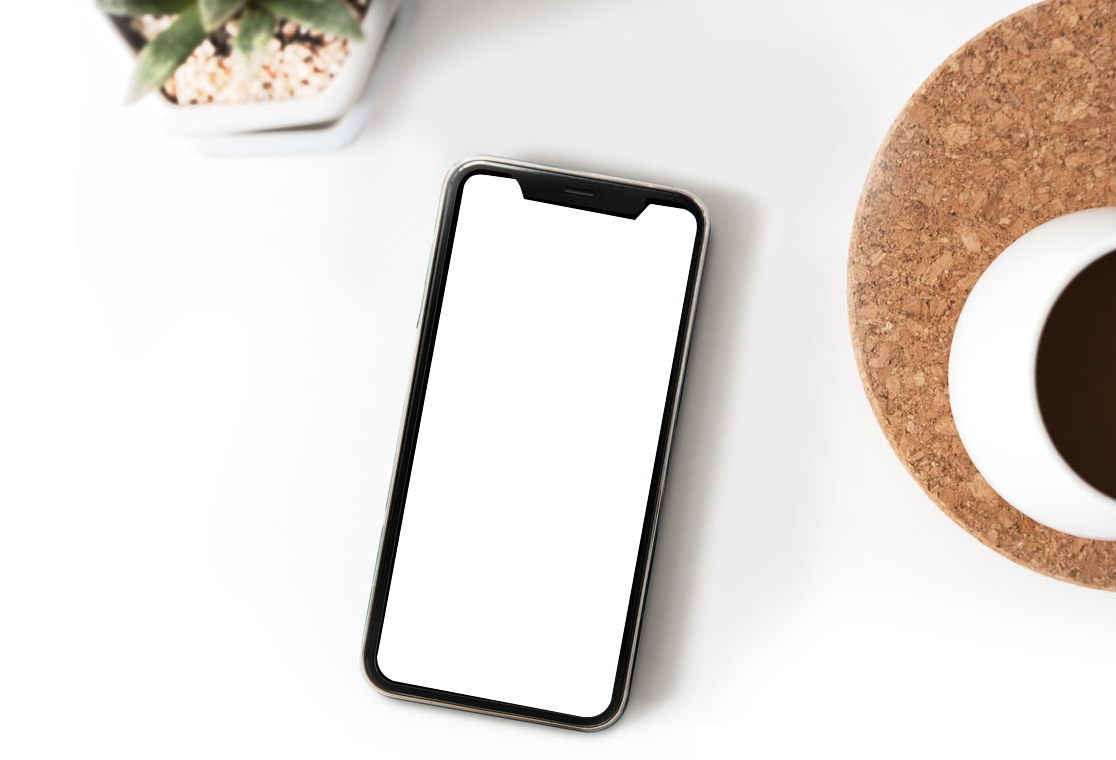Over the last decade or so, brick and mortar stores have been at odds with the online marketplace. Merchants such as eBay and Amazon have made it effortless for customers to order online and get their products delivered right to their door, sometimes in less than 24 hours.
Brick and mortar stores were being used as offline showrooms, where consumers would go to view or test a product before going online to buy it at a slightly cheaper price.
Social media has taken over the world and search engines have become the number one research tool for consumers.
Is this the end of the road for brick and mortar businesses?
Well, not according to recent studies. In fact, they are showing the complete opposite – brick and mortar businesses are more profitable than ever.
Customers are Researching Online (But Buying Offline)
89% of consumers use search engines to research during their buying journey, yet 90% of global purchases are made offline.
What’s more, 1 in 4 global retailers said they were planning on opening between 6-10 stores in 2016, with 23% saying they plan to open as much as 20.
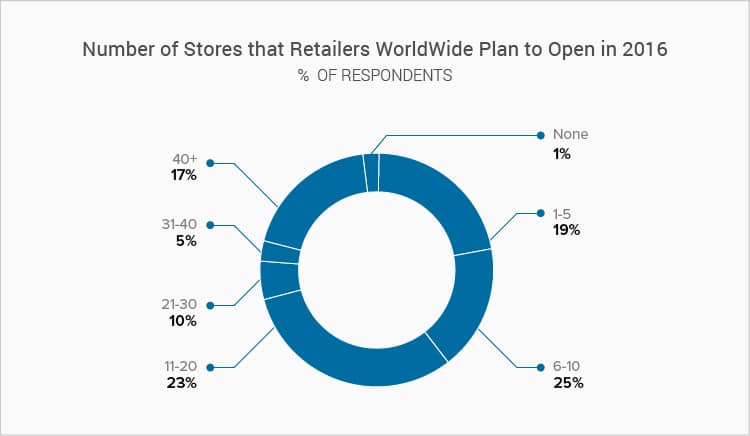
Source: eMarketer
Consumers are starting their buying journey online to gather research, and when it comes time to buy, many want to view or test the product before parting with their cash.
PricewaterhouseCoopers stated the top three reasons consumers shop offline is because:
- They are able to see, touch and try the product
- They are able to obtain it immediately
- They can remove doubt on whether the product is for them (color, size, features etc.).
While Shopify and Etsy have made it easier for anyone to start their own online business, as a direct result consumers are being bombarded with so many buying options that they are unsure which product is best.
Recently I was looking to buy a new smartphone in the $400-$600 price range as a gift for someone. The amount of options I had was endless when researching online. In the end, I had so much choice that I couldn’t make a decision!
Each review was contradicting the next and it was almost impossible to choose the right device. In all honesty, the amount of choice made it that much harder, and I’m not the only one who feels this way. Unbounce found that too much choice can often overwhelm the consumer into choosing nothing at all.
This is exactly what happened to me – confused with choice, I decided I had to go in-store and test the devices out myself (which I’ll get to shortly).
Clicks to Bricks – Merge the Offline & Online Shopping Experience
The good news for brick and mortar businesses is that offline retail isn’t going anywhere (in fact, it’s getting bigger). However, this doesn’t mean you can stand idle and expect consumers to come to you because they won’t.
For example, when I got tired of looking online for the right smartphone to buy, I started to search for local stores near me to review them for myself.
I wanted to find a store that:
- Was within 10 minutes driving distance
- Had smartphones in stock
- Had sales assistants who could help me
The last thing I wanted to do was travel 50 minutes to a store only to find the product out of stock, or the inability to demo the phone. I’m from England, and our most popular electronic chain is Currys (the equivalent of Best Buy in the U.S.), so I decided to check their website.
Using their store locater, I discovered there was a store less than 1 mile away, and through their live chat feature, I asked whether they had the phones I was looking for in stock.
Perfect. I headed down to the store, tested out the phone to see if it matched my needs, and asked the sales rep a few questions.
I was happy with the device and more than that, I was so impressed with the whole clicks to bricksexperience that I felt compelled to buy the item from Currys and then shop around a few more stores to see if I could get a better price.
How Global Retail Chains are Implementing Clicks to Bricks
To get more foot traffic into your store, you need to combine the online and offline shopping experience (clicks to bricks) together.
Currys did it by letting me check the stock levels of products and talk to online support; Nike has done it by turning various stores into gym studios (yes, they are adding fitness classes into their stores).
Did it work? Well, they sold out all their slots within a few days of launching this initiative to attract more consumers into their stores.
Reebok and Lululemon Yoga have taken Nike’s lead by doing the same.
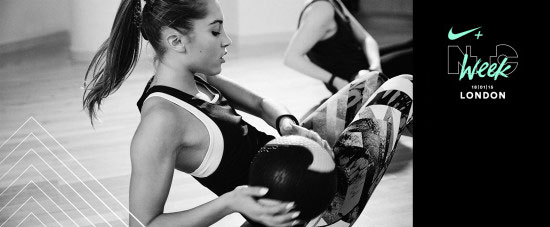
Retail brand Urban Outfitters are slowly adding bars and restaurants to a number of their stores, encouraging customers to eat and then do a little shopping afterward. As well as driving more foot traffic, this type of experience allows customers to interact with brands in a new way and increase their customer lifetime value (CLV).
There are unlimited ways to integrate the online experience with a physical store. To successfully achieve this, you first must connect with your customers online, through social media, paid marketing, online review sites, content, videos, blogs, and any other number of methods.
Once you have successfully connected with them during their research phase (which is primarily done online), you then must take the necessary steps to make sure that the prospect visits your store.
This could be by allowing them to fill their cart online and then checkout in-store, to book an appointment with a sales assistant, to demo a product, or to even tempt them by offering complimentary tea and coffee for all visitors.
I like to think of the clicks to bricks experience a bit like online dating.
With online dating, you first need to set up your profile listing your hobbies and interests to attract your ideal partner. For a business, this would mean to set up a user-friendly website, social media profiles, and online review accounts where the ideal customers would visit when starting their discovery phase of buying a product.
With your dating profile setup, if the person reading your dating profile feels you’re a good match, they will contact you. In the online retail world, this contact can be any type of positive action such as using your website’s store locator, filling up their basket, checking your store’s hours of operation, or calling to enquire about a product.
After sending messages back and forth with a potential match, if the chemistry is right you go on a real-life date. In the business world, this is when the prospect ends their research online and decides to visit your store.
Bazaarvoice found that 39% of in-store sales happen because a consumer read a review online first.

Source: Bazaar Voice
For high-ticket items, as many as 55% of shoppers research online before buying in-store.
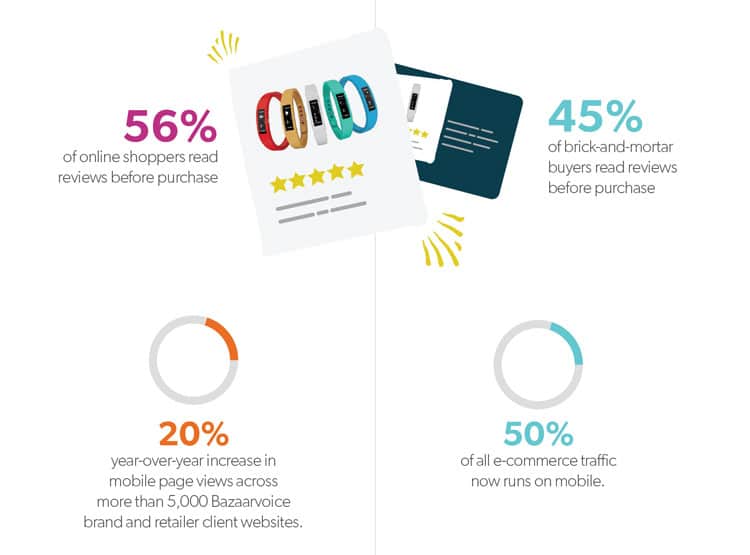
What are consumers researching online? Just about everything.
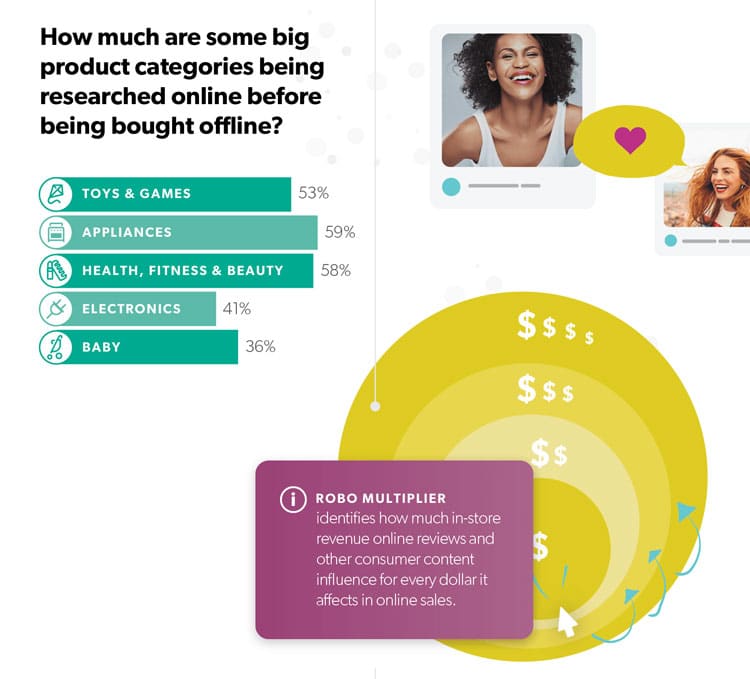
Google found that 18% of smartphone searches lead to purchases in-store on the same day.
Source: Think With google
Summary
The reason many people thought brick and mortar businesses were dying was because up until recently, very few businesses were merging the online and offline shopping experience together.
Major retail brands were not listening or responding to the market and kept things as they were. Now they are starting to listen, and the clicks to bricks philosophy is being implemented by the world’s biggest brands to great success.
Through the use of social media, online review websites, and responsive websites, businesses are meeting customers virtually during their discovery period. Here they start to supply consumers with answers to their research questions, which is achieved through content, live chat support, telesales, and more.
Once their discovery needs are met, they are then encouraged to visit their store by using the store locator, shopping online and collecting their cart in-store, booking an appointment online for an in-store visit, or any number of other methods.
Do you have a plan to engage your prospects online and turn clicks into sales?
